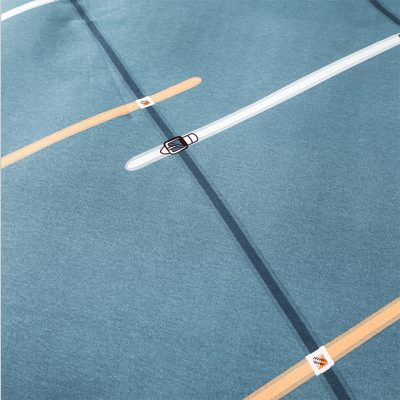Cushions can be a helpful tool for back pain relief, as they can provide support, improve posture, and reduce discomfort. Here’s some expert advice on choosing and using cushions for back pain relief:
- Lumbar Support Cushions:
- Lumbar support cushions are designed to support the natural curve of your lower back, helping to maintain proper spinal alignment. Look for cushions that have contoured shapes or adjustable straps to ensure a secure fit.
- Use a lumbar support cushion when sitting for extended periods, especially if your chair lacks proper lumbar support. This can be particularly important if you have a desk job or spend a lot of time sitting at a computer.
- Seat Cushions:
- Seat cushions with proper padding can help distribute your weight evenly and reduce pressure on your lower back and tailbone. Choose cushions that are made from memory foam, gel, or other supportive materials.
- If you have a sedentary job or spend a lot of time driving, consider using a seat cushion designed to alleviate pressure points.
- Coccyx Cushions:
- Coccyx cushions, also known as donut cushions, are specially designed to relieve pressure on the tailbone. They can be beneficial if you have coccyx or lower back pain.
- These cushions have a cut-out or indentation in the center to alleviate pressure on the sensitive coccyx area.
- Positioning and Posture:
- The way you position the cushion is crucial. Make sure the cushion provides support in the right areas. For lumbar cushions, position them at the small of your back, just above your beltline.
- Maintain good posture when using cushions. Even with the best cushions, poor posture can still lead to back pain.
- Quality Matters:
- Invest in high-quality cushions that will provide adequate support and durability. While they may be more expensive, they can be more effective in the long run.
- Consider cushions with removable, machine-washable covers for easy maintenance.
- Consult a Healthcare Professional:
- If you have chronic or severe back pain, it’s essential to consult a healthcare professional before relying solely on cushions for relief. They can provide a proper diagnosis and recommend specific cushion types or other treatment options.
- Use Cushions in Conjunction with Other Measures:
- Cushions can be part of a broader strategy for managing back pain. Combine cushion use with regular stretching, exercise, and ergonomic adjustments to your workspace or seating area.
- Maintain a balanced lifestyle with proper nutrition, hydration, and adequate rest, as these factors can also affect back health.
- Trial and Error: Not all cushions work the same for everyone. It may take some trial and error to find the cushion that provides the most relief for your specific back pain.
- Monitor Your Comfort: Pay attention to how your body responds when using cushions. If you experience increased discomfort or new pain, reassess the cushion’s suitability or positioning.
Always consult with a healthcare professional for personalized advice on managing back pain, as the cause and severity of back pain can vary widely among individuals. A comprehensive approach, which may include the use of cushions, is often necessary for long-term relief and prevention of back pain.




















